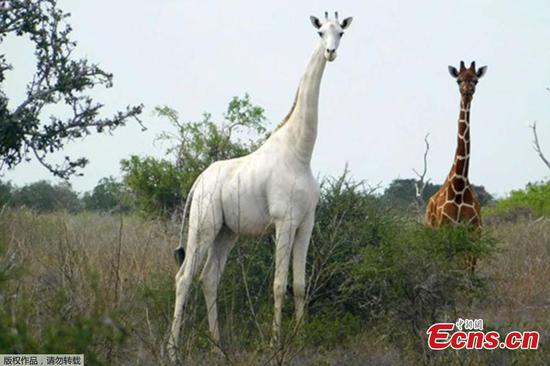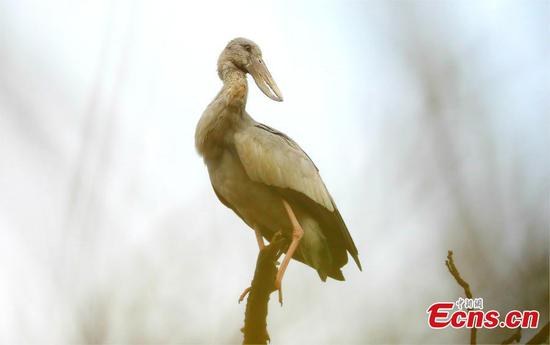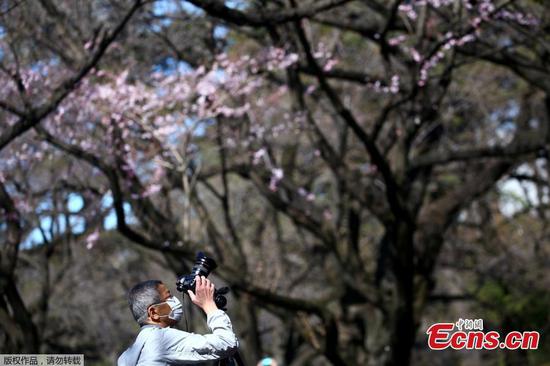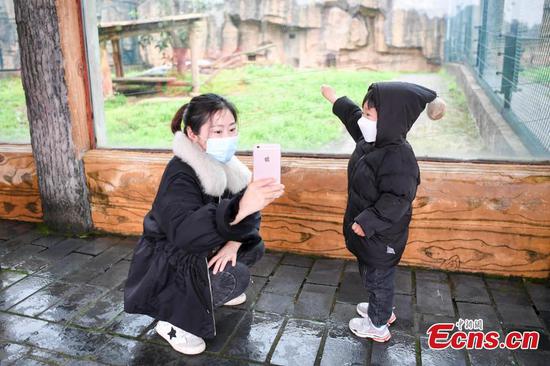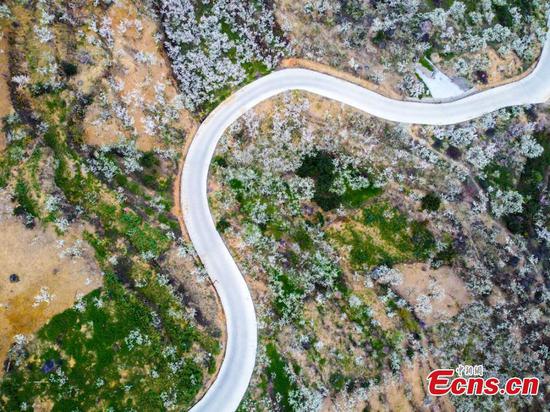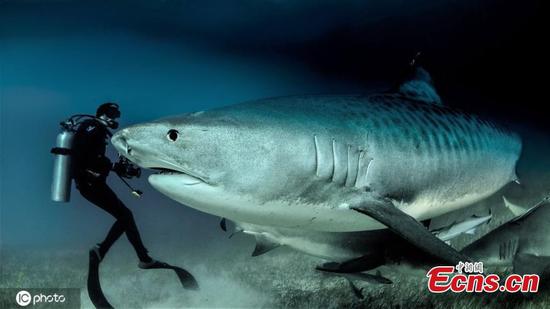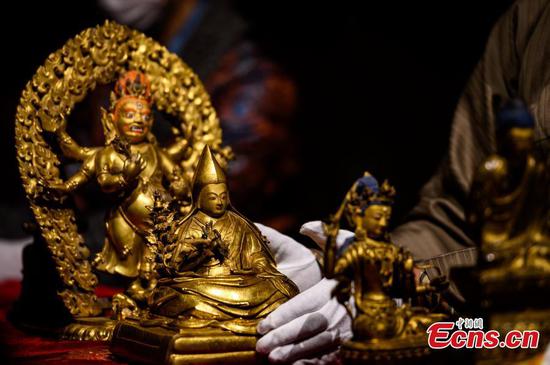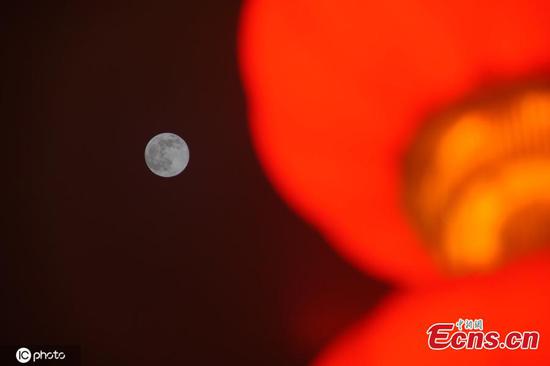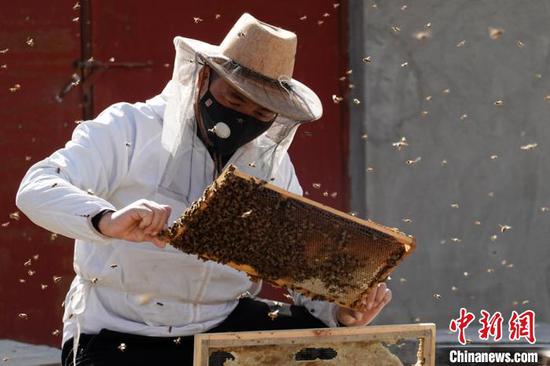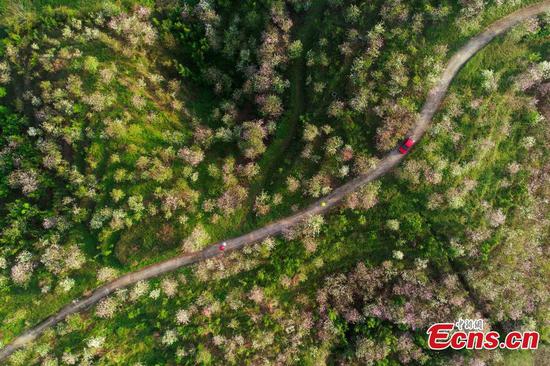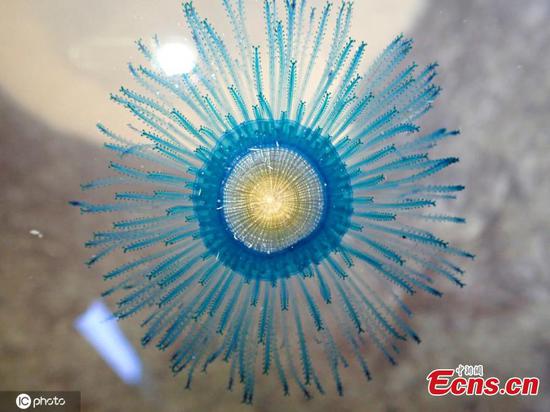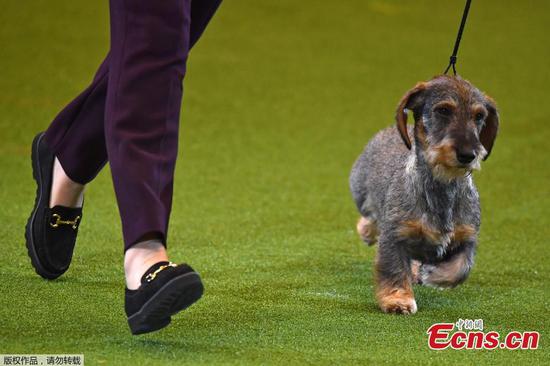No living animal utilizes such a type of visual system so it is hard to understand how the eyes of Oculudentavismay have functioned. However, the small aperture of the eye bones (the inner diameter of the ring) indicates that Oculudentaviswas active during the day.
Due to its unique structure of eye and tooth, paleontologists regard it as a new species and give it the name Oculudentavis, or eye-tooth-bird, "a dry scientific name referring to the teeth that extend under the eye", said Jingmai K O'Connor with Institute of Vertebrate Paleontology and Paleoanthropology of the Chinese Academy of Sciences, lead paleontologist on the research.
Because the fossil consists of only a skull, it is still unclear how to relate it with other birds.
"We think it's a bird. The skull has a shape that only occurs in birds and some dinosaurs. However, there are no specific skull morphological characters that define birds, therefore it could be a dinosaur or even something else," O'Connor said.
Xing added, "In fact, it has some characteristics that do not belong to birds or even dinosaurs. At present we think of it as a bird or a dinosaur, which is the most likely conclusion based on the characteristics of the skull."
"To us, the paleontologists, birds are dinosaurs. This specimen may represent the lowest limit of body size that dinosaurs could reach during the dinosaur age," he said.

The image of the skull of the Oculudentavis khaungraaeis reconstructed with computed tomography techniques. (Photo provided to chinadaily.com.cn)
Analyses that explore the relationship between Oculudentavisand other fossil birds suggest that the tiny bird is very primitive, placed between Archaeopteryx, the oldest and most primitive bird, and Jeholornis, a long boney-tailed bird from the Early Cretaceous of China. As a result, like these two groups, Oculudentaviswas very likely to have a long tail, like that in non-avian dinosaurs.
The full name of the bird is Oculudentavis khaungraaein homage to the collector who found it, Khaung Ra. Now the amber is kept in a private museum.
One of the biggest advantages of amber lies in its high quality preservation of the fine details in the skull, such as the bony rings that support the eyes, and soft tissue features that have not been preserved in other specimens, such as small bumps on the roof of the mouth that aided in gripping prey, said Ryan C McKellar, curator of Invertebrate Paleontology at the Royal Saskatchewan Museum in Regina, Canada, in an email to China Daily. McKellar helped with the interpretation of how the specimen was preserved in amber in the research.
"Amber gives us almost the only opportunity, to learn about tiny vertebrates from the dinosaur age. We were lucky to find non-avian dinosaurs and birds in these tiny vertebrates' records. Oculusdentavis is by far the smallest and most important specimen," Xing said.
McKellar said, "The specimen is important because it represents a size class that we have probably been overlooking in other fossil deposits, simply because the animals are too small to preserve as identifiable fossils."









